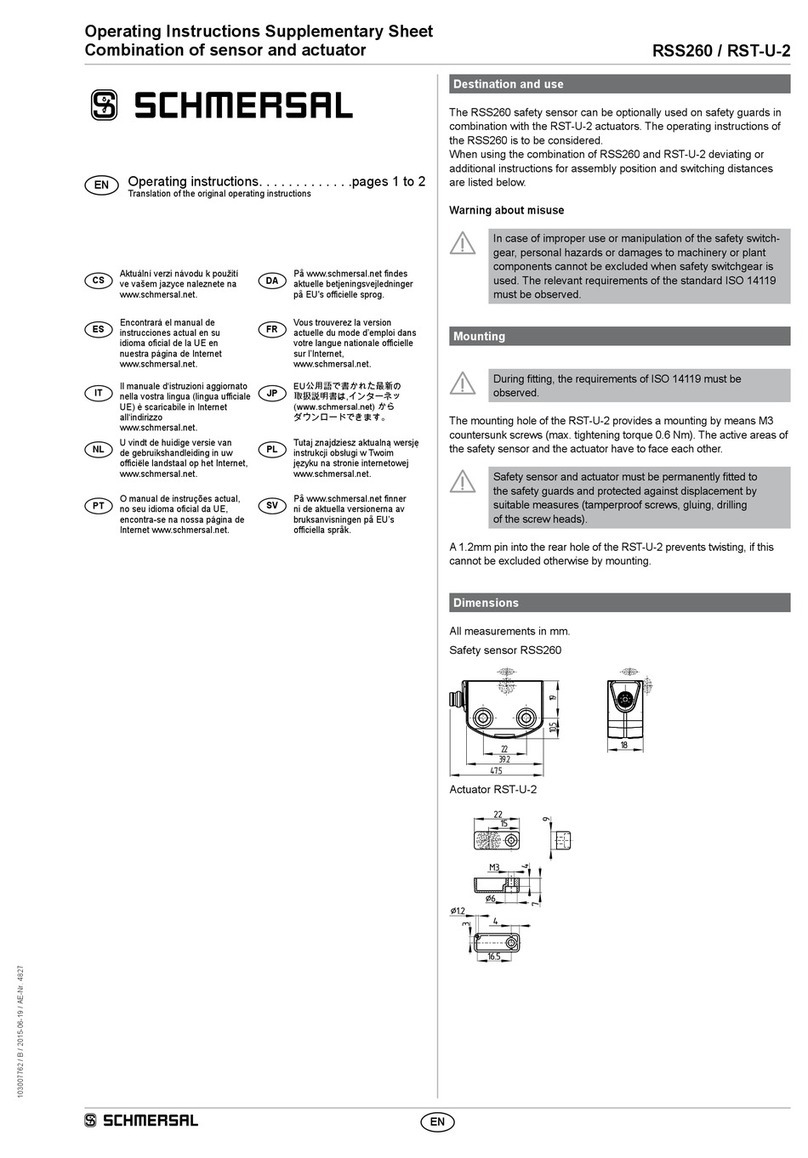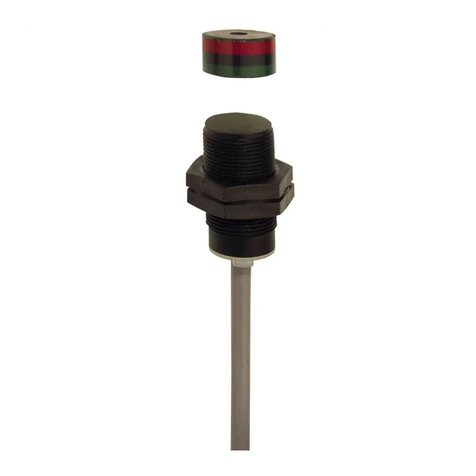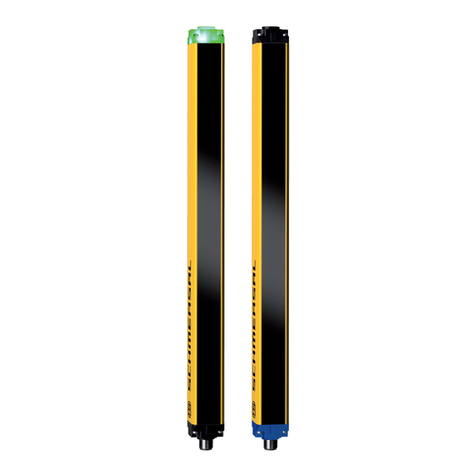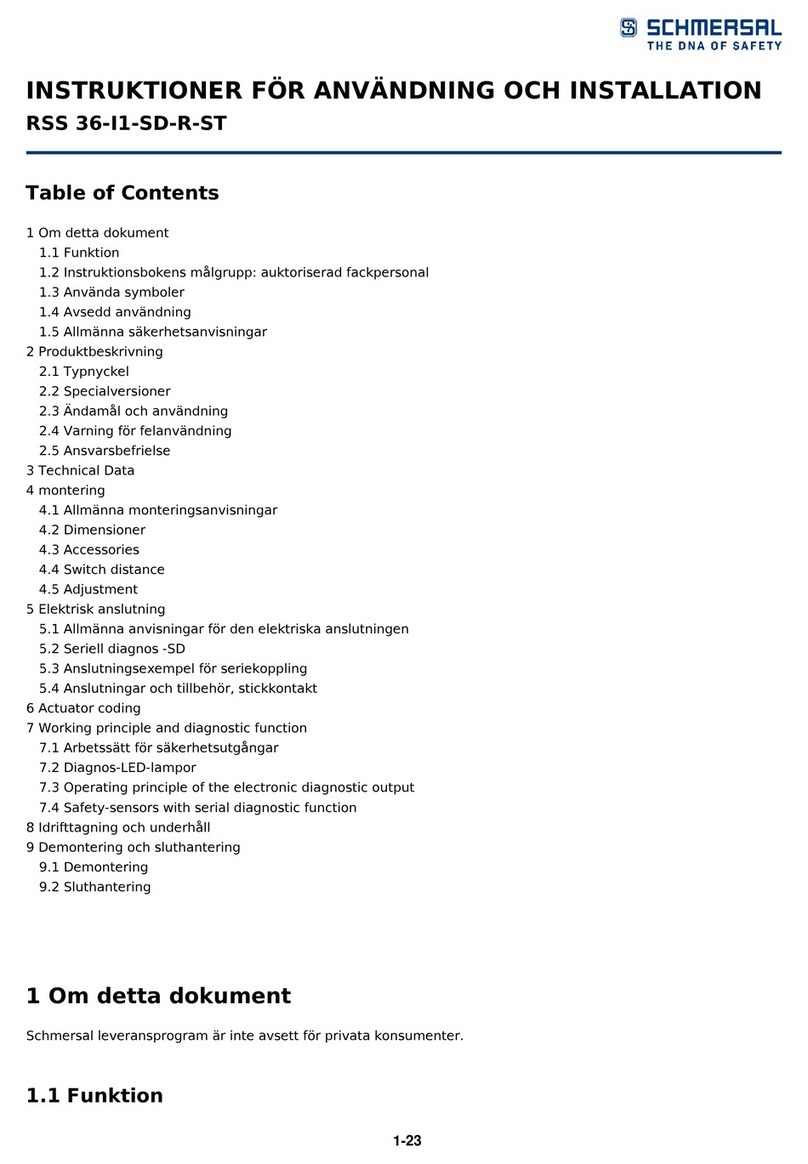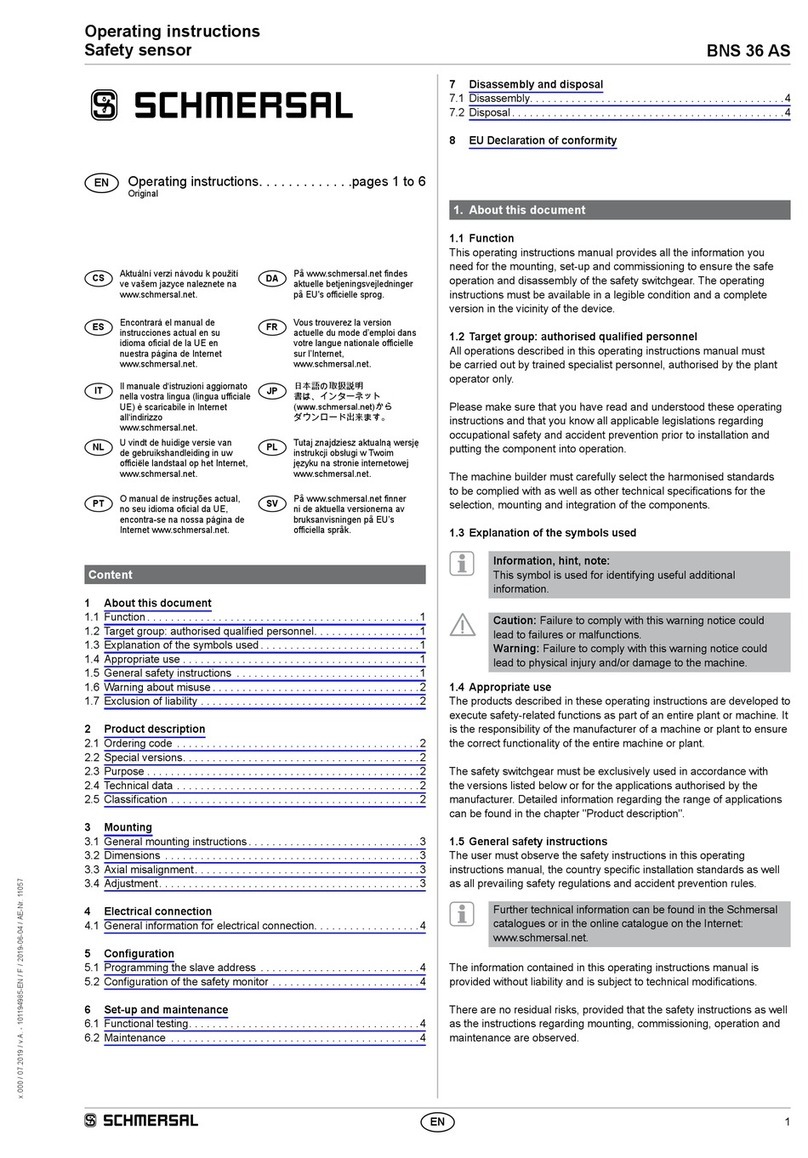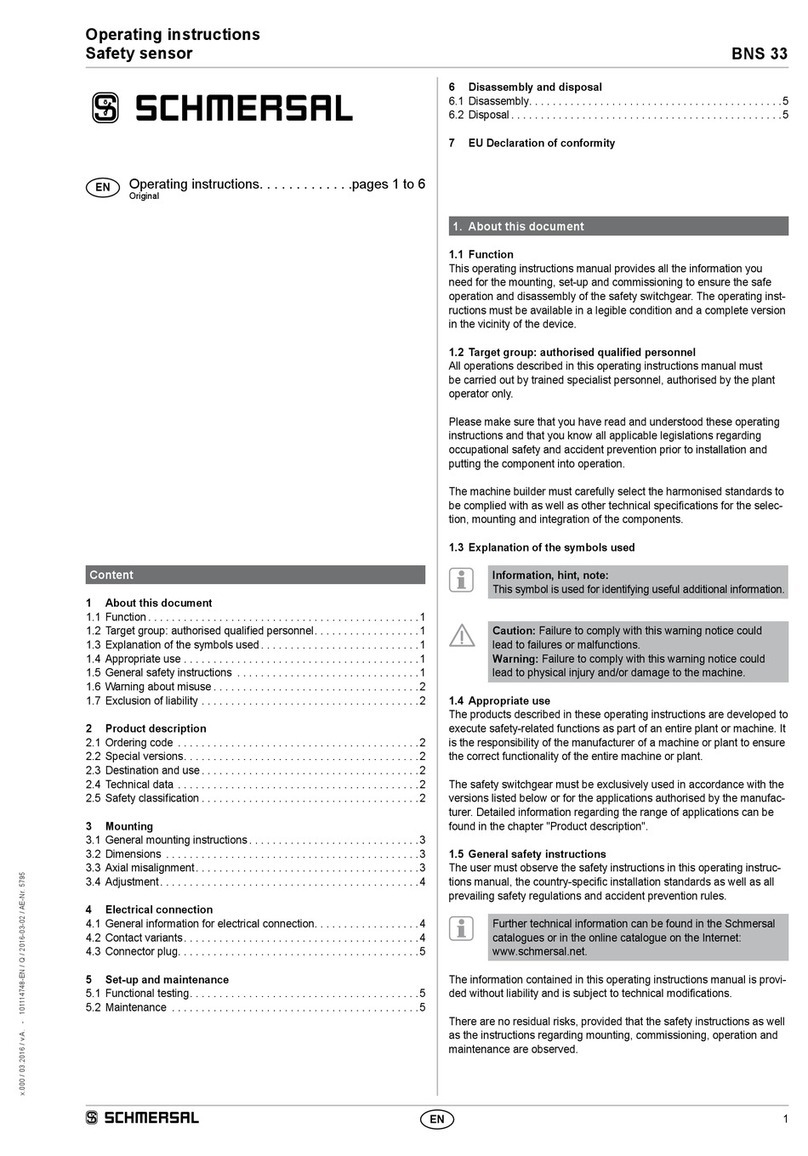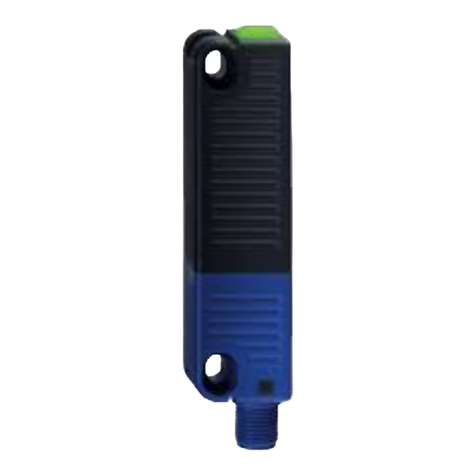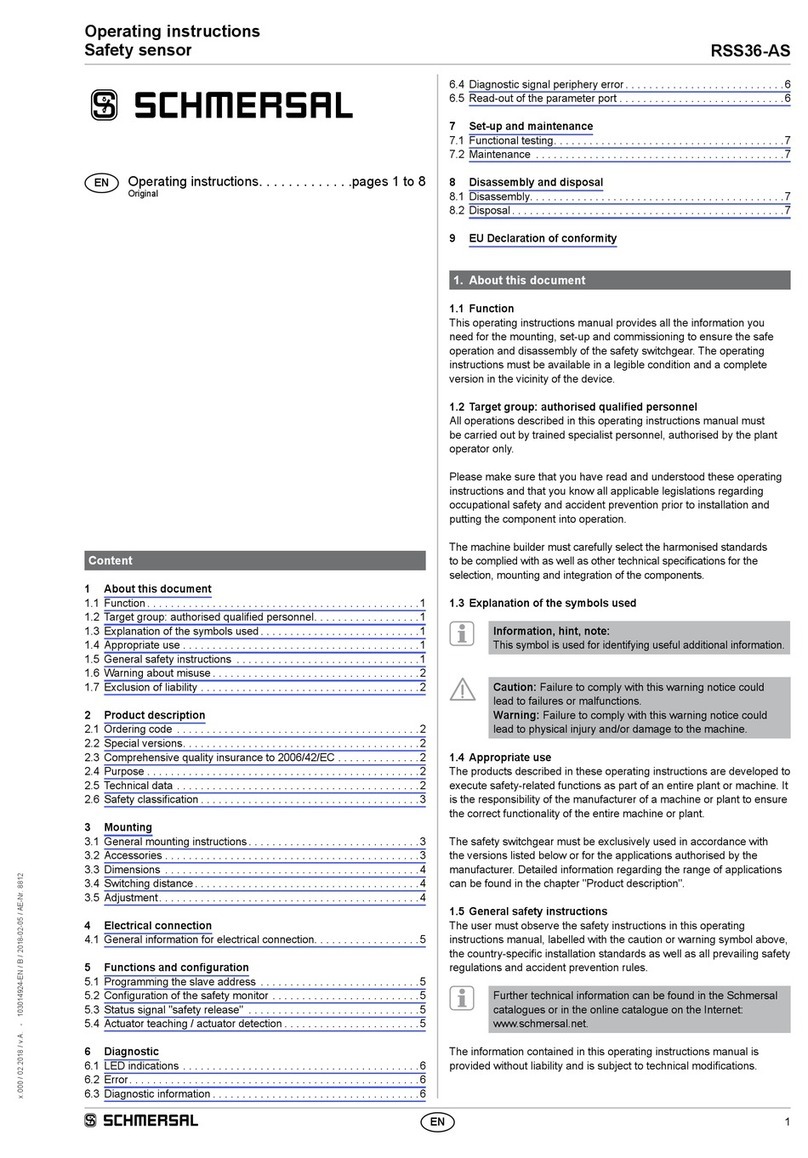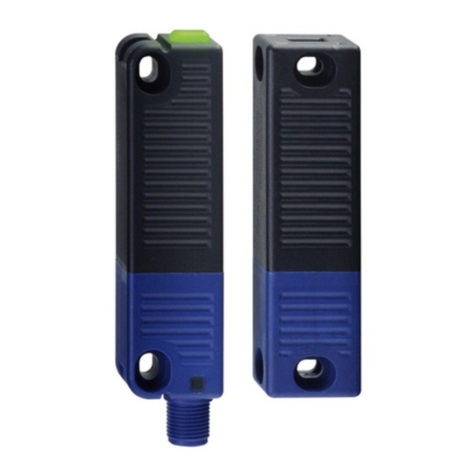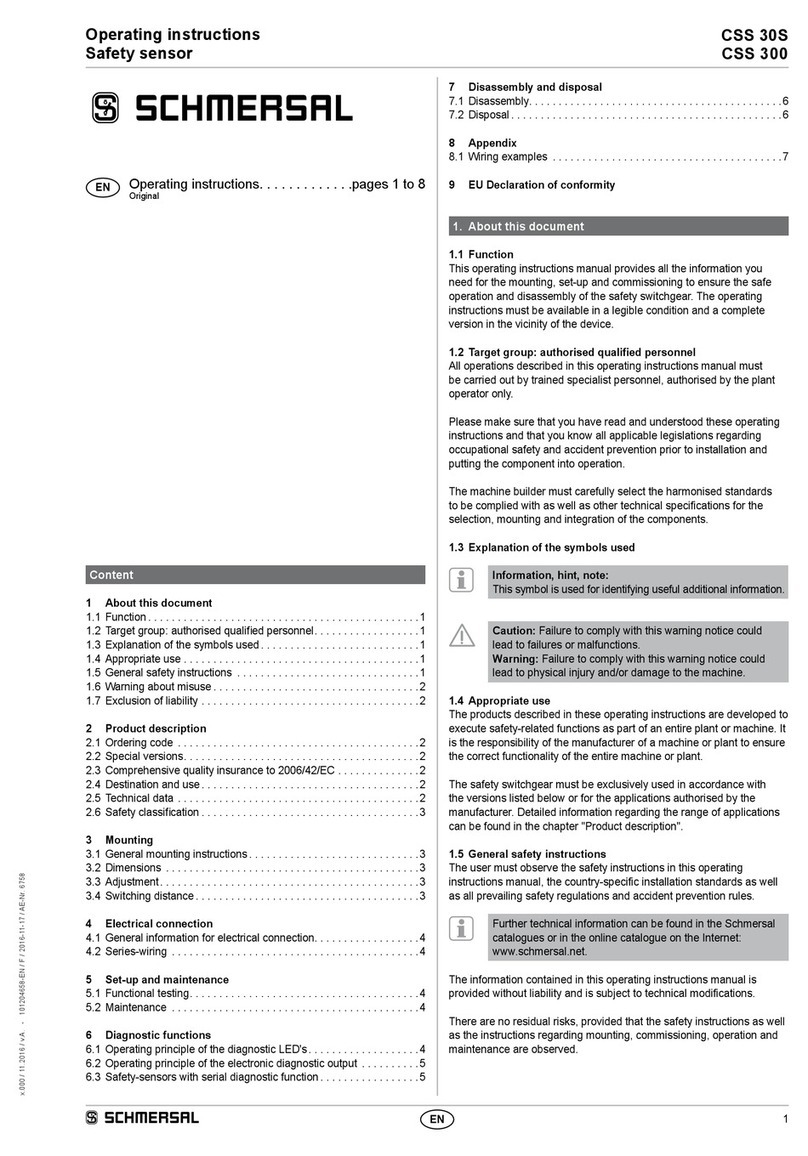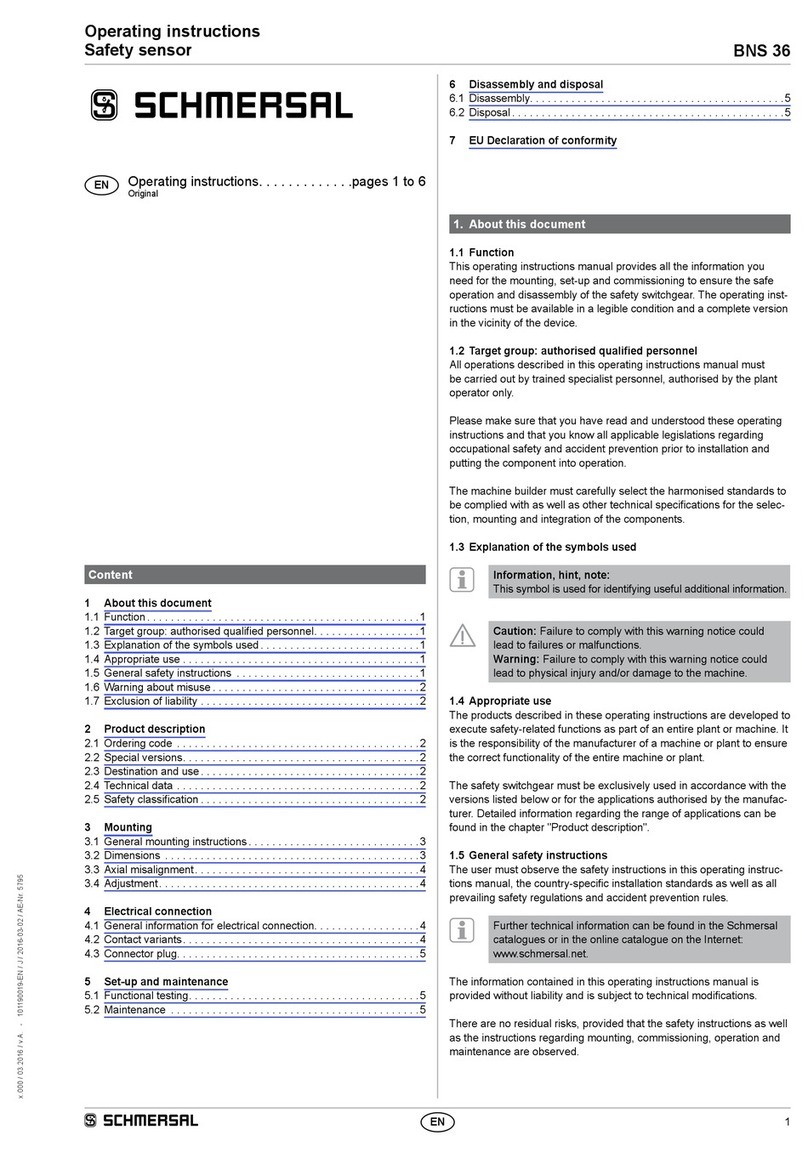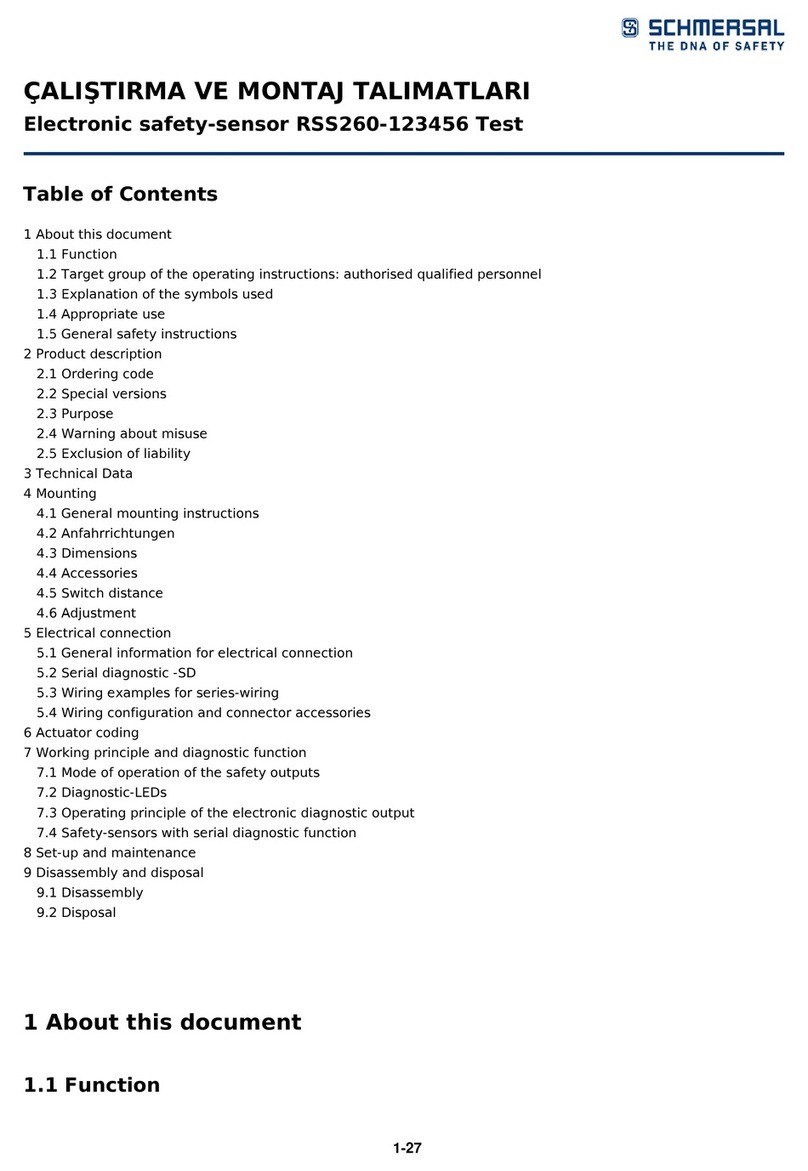2
Operating instructions
Safety sensor BNS 16 ST
EN
1.6 Warning about misuse
In case of improper use or manipulation of the safety switch-
gear, personal hazards or damages to machinery or plant
components cannot be excluded when safety switchgear is
used. The relevant requirements of the standard ISO 14119
must be observed.
1.7 Exclusion of liability
We shall accept no liability for damages and malfunctions resulting from
defective mounting or failure to comply with this operating instructions
manual. The manufacturer shall accept no liability for damages result-
ing from the use of unauthorised spare parts or accessories.
For safety reasons, invasive work on the device as well as arbitrary re-
pairs, conversions and modifications to the device are strictly forbidden;
the manufacturer shall accept no liability for damages resulting from
such invasive work, arbitrary repairs, conversions and/or modifications
to the device.
2. Product description
2.1 Ordering code
This operating instructions manual applies to the following types:
BNS 16-
➀
Z-
➁
-
➂
No. Option Description
➀
11 1 NO contact / 1 NC contact
(only for version with integrated connector)
12 1 NO contact / 2 NC contacts
➁
Actuating plane
V front side
R right-hand side
L left-hand side
D cover-side
U bottom
LR left- and right-hand side
➂
ST1 Connector in the middle
ST2 Connector at the right-hand side
ST3 Connector at the left-hand side
2.2 Special versions
For special versions, which are not listed in the order code below 2.1,
these specifications apply accordingly, provided that they correspond to
the standard version.
2.3 Destination and use
The safety sensor BNS 16 is designed for application in safety circuits
and is used for monitoring the position of movable safety guards to
ISO 14119 and IEC 60947-5-3. To actuate the safety sensors, only the
BPS 16 actuators can be used, conventional magnets are not suitable.
The safety switchgears are classified according to
ISO 14119 as type 4 switching devices.
To ensure a safe switch-off, the distance between the safety sensor and
the actuator must be at least 18 mm (sar) or higher (opening width of the
safety guard).
For the BNS 16-12ZLR, the safe condition is only obtained, when the
left and the right actuator are located in front of the safety sensor.
The safety switches are used for applications, in which the hazardous
situation is terminated without delay when the safety guard is opened.
Only the entire system consisting of the safety sensor (BNS 16), the
actuator (BPS 16) and the safety-monitoring module (AES, SRB) meets
the requirements of the standard IEC 60947-5-3.
The user must evaluate and design the safety chain in
accordance with the relevant standards and the required
safety level.
The entire concept of the control system, in which the safety
component is integrated, must be validated to the relevant
standards.
2.4 Technical data
Standards: IEC 60947-5-3, BG-GS-ET-14
Material of the enclosure: glass-fibre reinforced thermoplastic,
self-extinguishing
Protection class: IP67
Connection: -11Z: connector M12 x 1, 4-pole
-12Z: connector M12 x 1, 8-pole
Cable section: max. 2 x 1.5 mm²
(incl. conductor ferrules)
Operating principle: magnetic
Actuator: BPS 16, coded
Coding level according to ISO 14119: low
Switching distances:
- Assured switching distance sao:8 mm
- Assured switch-off distance sar:18 mm
Switching voltage: max. 60 VAC/DC
Switching current: max. 400mA
Switching capacity: max. 10 W
Required short-circuit current: 100 A
Ambient temperature:
Storage and transport temperature:
Switching frequency: max. 5 Hz
Resistance to shock: 30 g / 11 ms
Resistance to vibration: 10 ... 55 Hz, amplitude 1 mm
For use in NFPA 79 Applications.
Adapters providing field wiring means are available from
the manufacturer. Refer to manufacturers information.
2.5 Safety classification
Standards: ISO 13849-1
Safety contacts:
- NC / NO combination: S21-S22 and S13-S14
Intended structure:
- 2-channel usage: usable to cat. 4 / PL e
with suitable logic unit
B10d NC contacts at 20 % contact load: 25.000.000
B10d NO contacts at 20 % contact load: 25.000.000
Service life: 20 years
